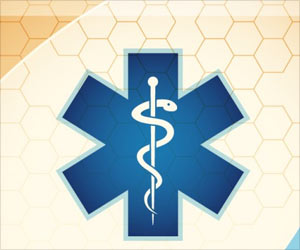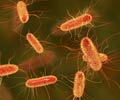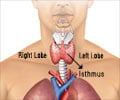Highlights
- Endocrine disrupting chemicals (EDCs) are found in pesticides, plastics and pharmaceuticals.
- EDCs are potentially harmful may induce the development of obesity, diabetes and cancer.
- Detecting EDCs can be tough because the classification is based on their disrupting hormone function instead of their structures. Engineered E. coli bacteria can help detect Endocrine disrupting chemicals (EDCs) which are harmful. EDCs have been implicated in the development of obesity, diabetes and cancer and are found in a wide array of products including pesticides, plastics and pharmaceuticals.
- Matthew Francis, Using E. coli to detect hormone disruptors in the environment, ACS Central Science (2017).
Detecting EDCs can be tough because the classification is based on their disrupting hormone function instead of their structures. Thus the term encompasses a broad spectrum of chemicals and often, health risks arise from aggregate exposure to several different species.
Many EDCs act on the same hormone receptors on a cell's surface and so researchers have been developing tests that detect the compounds based on their ability to interfere with hormones. But these methods currently take days to produce a result or involve many complicated and expensive steps. Matthew Francis and colleagues overcame these challenges by using E. coli in their device.
Non-toxic, dead E. coli cells display an estrogen receptor on the surface of the researchers' portable sensor. A protein on the sensor surface recognizes the EDC-E. coli complex, producing an electronic read-out in minutes.
The inexpensive device can determine the concentration of many known EDCs individually and overall concentrations as mixtures. They tested the detection in water and in complex solutions like baby formula. It also can detect EDCs released into liquid from a plastic baby bottle following microwave heating.
Reference














